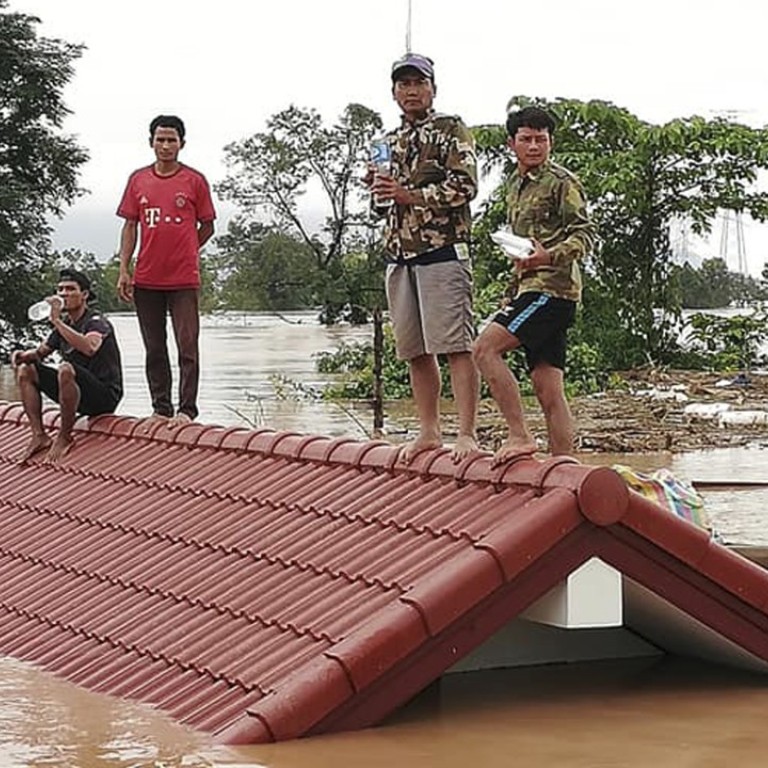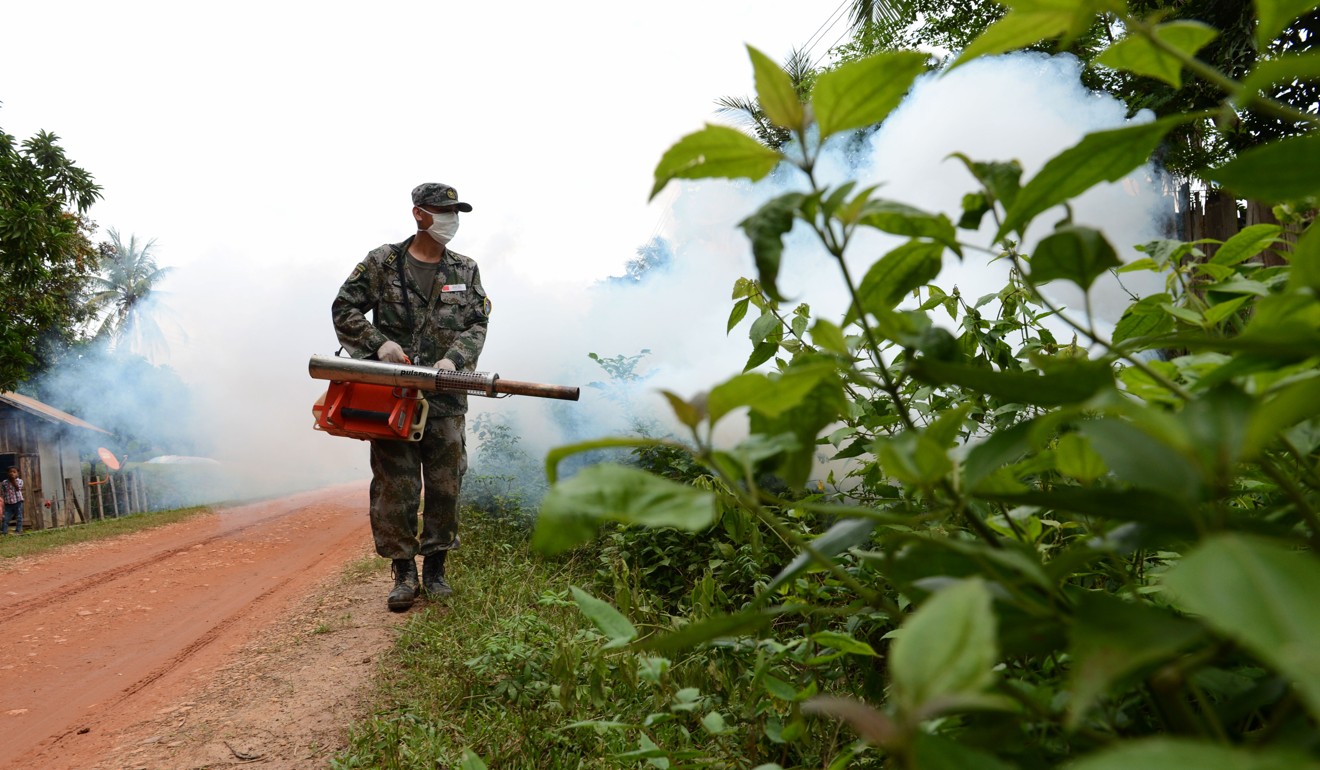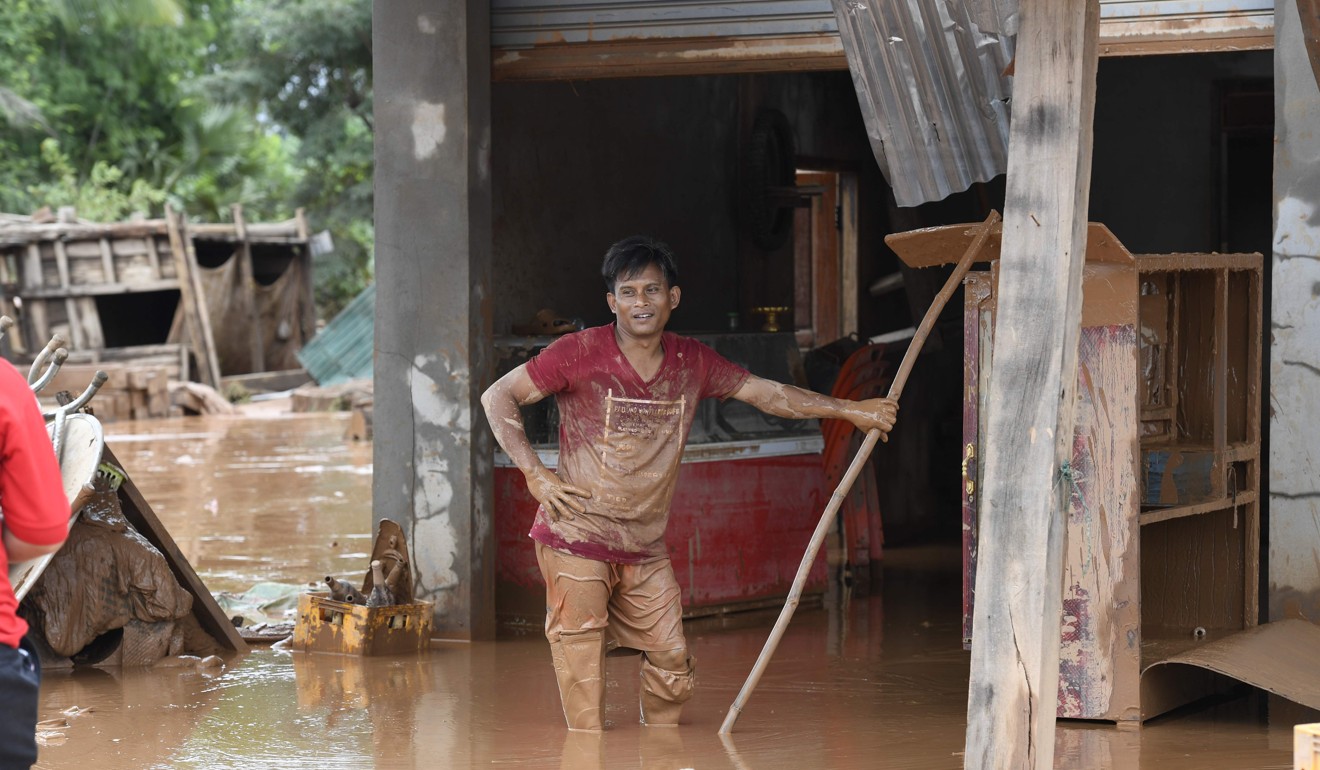
Laos dam collapse: Mekong River projects move forward despite promise to halt and review
Decision to continue work on two huge dams calls into question how serious the government is about reviewing numerous multibillion-dollar hydropower projects after last month’s disaster
Work on two of the biggest dams on the Mekong River in Laos is going ahead, despite a promise by the government to halt and review all new projects after a deadly dam disaster in July.
The fatal collapse of the Xe-Pian Xe-Namnoy hydroelectric dam saw 5 billion cubic litres of water flood the Attapeu region, washing away entire villages, displacing more than 6,000 people and killing at least 35 people. Hundreds are still missing.
In response, Laos Prime Minister Thongloun Sisoulith ordered a “national review” of all new hydropower projects, declaring all future dam projects suspended.
Laos dam collapse: are innocent villagers paying for government’s ambition?
However, the day after the review was announced, Laos initiated a six-month regional consultation process for the Pak Lay dam in Xayaburi province, due to be the fourth-biggest hydropower project on the Mekong. It is a significant step forward in the development and eventual construction of the new mega-dam.

The move has called into question how serious the government is about reviewing numerous multibillion-dollar hydropower projects, which are a pivotal part of the poverty-stricken country’s lucrative plans to become the “battery of Asia” and sell power to neighbouring nations such as Thailand. There are 140 proposed dams in Laos, which have already brought billions of dollars of foreign investment into the country from places such as China and South Korea.
Laos dam damage was found 24 hours before collapse, says South Korean builder
Maureen Harris, the Southeast Asia programme director of environmental organisation International Rivers, said the decision to press on with the Pak Lay dam process “does raise questions around the good faith and the seriousness with which the Laos government is implementing its announced suspension of new dams”.
“A suspension should really mean a suspension, and shouldn’t be taken in parallel to pushing forward a new and highly contentious project on the Mekong mainstream,” she said.

The Mekong River Commission (MRC), an intergovernmental body that regulates developments on the river, had also reportedly asked for the Pak Lay dam to be paused and said its was still seeking confirmation “whether the Pak Lay hydropower project is considered a new investment by the Laos government”.
Thousands displaced by Laos floods at risk from ‘moving’ landmines
The MRC also confirmed that the $2.4 billion, 912-megawatt Pak Beng dam, which will be the third-biggest hydropower project on the Mekong mainstream once built, has also not been suspended or put under review. The project has already undergone its six-month consultation process and is now waiting for approval on a joint action plan, which lays out how the four countries on the Mekong – Laos, Thailand, Cambodia and Vietnam – will be involved and affected by the building of the dam.
Both dams, which have backing from Chinese developers, are already highly controversial among local communities and environmental activists. The Pak Lay dam is due to eventually displace 1,000 families while the Pak Beng hydropower project will force the relocation of about 6,700 people.
The lack of clarity extends to the impact of the devastating dam collapse in July.

The Laos government, which operates under a strict communist regime and is notoriously secretive, has imposed a ban on international organisations that are providing relief, such as the Red Cross and Save The Children, from speaking to the media. They also ordered all 150 local rescue teams from Laos and Thailand to leave the area.
Some of the Laos and Thai rescuers who were first on the ground have called into question the official government figures for the number of people still missing, which is currently 131. “They say there are just over 100 people missing but that is not the truth,” one member of the Laos rescue team on the frontline of the search, who asked to remain anonymous, said. “The government are giving figures about dead bodies we collected that are well below what we collected ourselves.”

Pisit Pongsirisupakul, who was working for the Thai rescue team Hook 31, said that “after the third day, there wasn’t much hope of finding anyone left alive”.
He added: “And if we estimate 7,000 people were in the dam area, there are still a lot to search for since there were only about 5,000 people staying at the rescue centres.”
Both agreed that the full death toll would probably never be known because no official census or records were being taken of the dead and missing.

